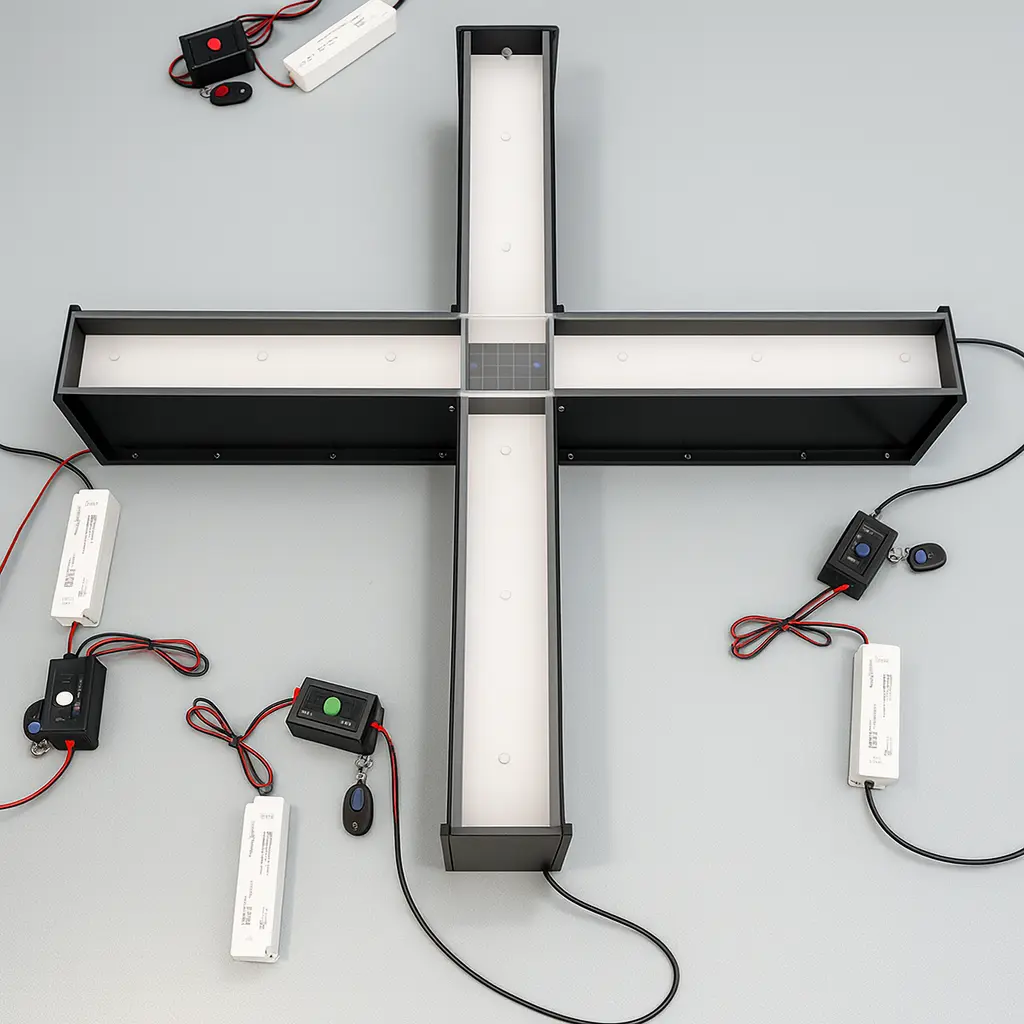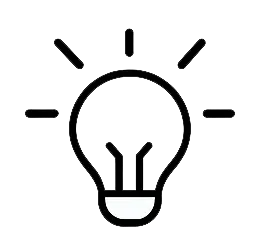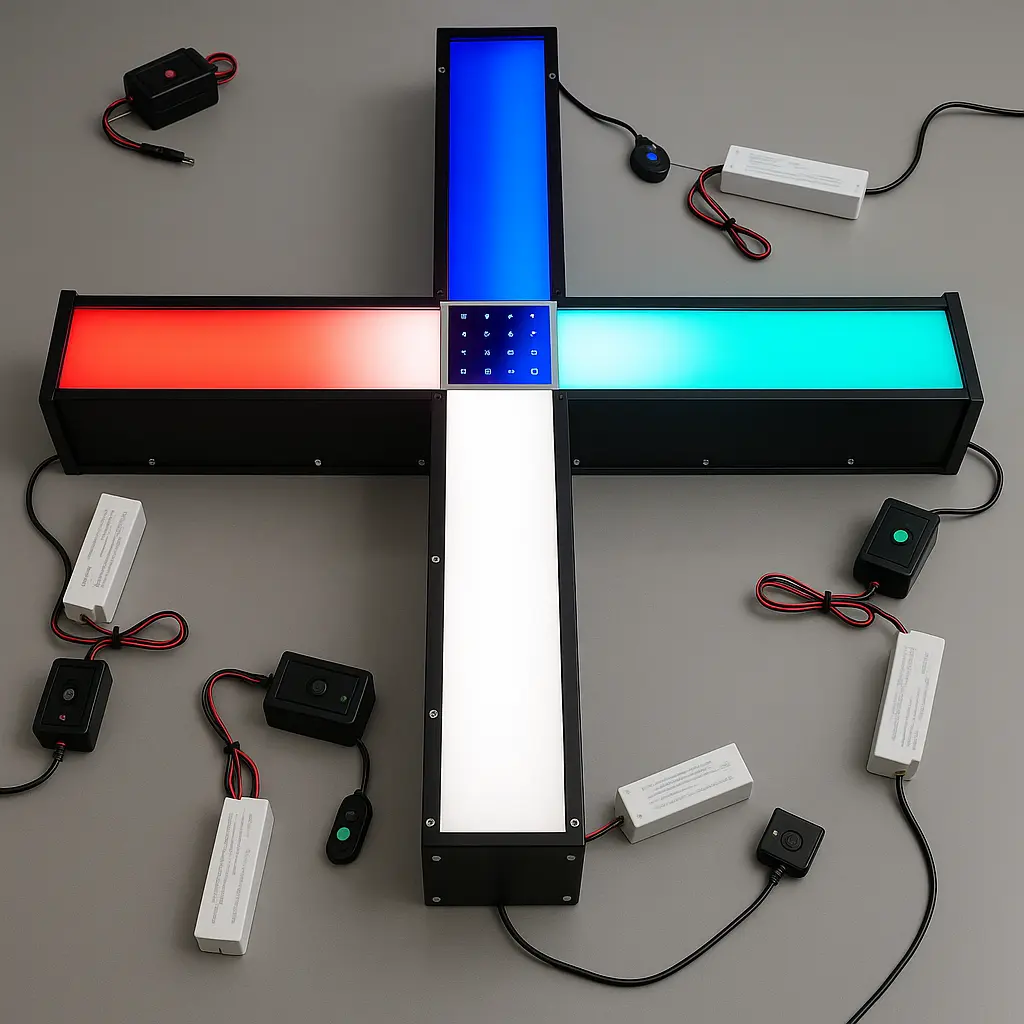Visual X Maze (ViS4M)
A four-arm maze designed to quantitatively study rodent vision and cognition, supporting research into color and contrast sensitivity, memory, and neurodegenerative disease models.

Overview
The Visual X Maze (ViS4M) is a specialized apparatus used to assess visual sensitivity, cognitive function, and memory in rodents. With its four-arm X-shaped design, it enables both color vision and contrast vision testing, making it a valuable translational model for studying Alzheimer’s disease, aging, and other conditions linked to visual impairment.
Rodents are naturally exploratory, and the ViS4M leverages this by presenting arms with different colored lights or contrasting objects, enabling quantitative measurement of visual preferences, discrimination, and memory.
Market Opportunity
Visual impairments are early indicators of neurodegenerative conditions such as Alzheimer’s disease. The Visual X Maze (ViS4M):
Provides a reliable preclinical tool for testing visual and cognitive decline.
Allows quantitative assessment of color and contrast sensitivity in rodents.
Enables translational studies bridging rodent models with human cognitive research.

Invention & Advantages

Dual testing modes
Color vision (LED illumination) and contrast vision (object placement).

Flexible illuminance
Adjustable light intensity (low, medium, high, red-high, equal).

Quantitative measures
Tracks alternations, transitions, and arm preferences.

Minimal training required
Uses spontaneous exploration behaviors.
Applications
- Study of visual impairments in aging and Alzheimer’s disease models.
- Assessment of color and contrast vision sensitivity.
- Analysis of learning, memory, and working memory via spontaneous alternations.
- Preclinical evaluation of pharmacological or genetic interventions

Apparatus & Equipment
Construction:
- Black acrylic walls on a glass/acrylic base, transparent ceilings with perforations, removable transparent and semi-transparent white floor plates.
Mouse Size – $3,890
- Arm dimensions: 45 × 10 × 15 cm
- Floor plate gaps: 6 or 11 cm above base
- Central arena: 10 × 10 cm
Rat Size – $4,990
- Arm dimensions: 58 × 13 × 19 cm
- Floor plate gaps: 7.2 or 14 cm above base
- Central arena: 13 × 13 cm
- Total arm span: 130 cm
Additional Features
LED strips (red, green, blue, white) with specific wavelengths.
Contrast objects: white, grey, black, transparent.
Optional shock bars for training.
Training Protocol
- Color Mode Task:
Insert floor plates, set LED illuminance to low.
Place rodent in center, allow 5 minutes exploration.
Repeat across 5 days with increasing intensities (medium, high, red-high, equal).
- Contrast Mode Task
Insert transparent floor plates, place contrasting objects mid-arm.
Illuminate with red light, allow 5 minutes exploration.
Conduct one trial before and after color mode tasks.
Data Analysis
Time spent in each arm.
Number of arm entries.
Alternation rates between arms.
Transition patterns (e.g., arm-to-arm directional preferences).

Strengths & Limitations
Strengths
- Minimal training required.
- Flexible use for color or contrast modes.
- Quantitative and reproducible.
- Short test duration.
Limitations
- Exploration is required; low exploratory drive may confound results.
- Age, sex, and strain can influence performance.
- Must be cleaned between trials to remove odor cues.
Principal Investigator
Contact

Neil Veloso
Executive Director, Brown Technology Innovations ✉ [email protected]
References
Vit, J.P., Fuchs, D.T., Angel, A., Levy, A., Lamensdorf, I., Black, K., Koronyo, Y., Koronyo-Hamaoui. M. (2020). Color and contrast vision in mouse models of aging and Alzheimer’s disease using a novel visual-stimuli four-arm maze. Sci Rep 11,1255 (2021). https://doi.org/10.1038/s41598-021-80988-0
Vit, J., Fuchs, D., Angel, A., Levy, A., Lamensdorf, I., Black, K. L., Koronyo, Y., Koronyo-Hamaoui, M. (2021). Visual-stimuli Four-arm Maze test to Assess Cognition and Vision in Mice. Bio-protocol 11(22): e4234. https://doi.org/10.21769/BioProtoc.4234
Additional references on Alzheimer’s-related visual impairments (Koronyo-Hamaoui et al., 2011; Risacher et al., 2013; etc.).

Interested in bringing your innovation to life?
Our Tech Transfer program partners with scientists to commercialize cutting-edge neuroscience tools. If you’re an inventor or would like more information on any of the mazes, we’d love to hear from you
